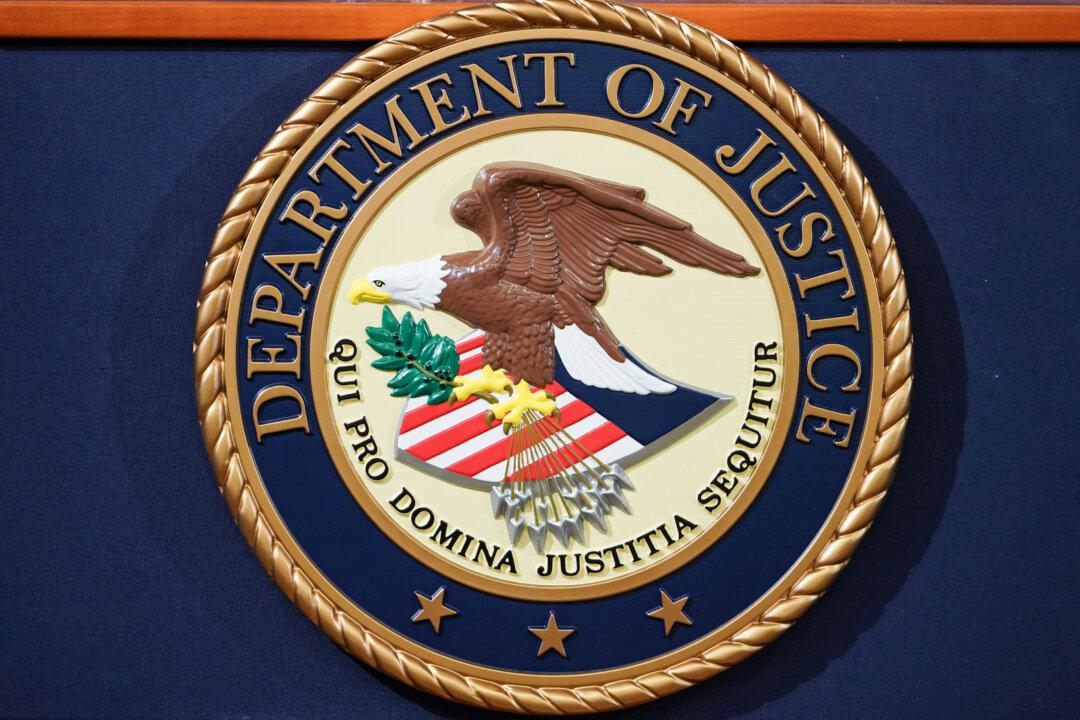The Russian central bank has slashed its key interest rate amidst a decline in inflationary pressure and recovery of the ruble, the bank announced on Thursday.
Inflationary pressures are also easing due to the “ruble exchange rate dynamics” while inflation expectations among households and businesses are declining, the bank said.
In the aftermath of Russia’s invasion of Ukraine on Feb. 24, the Russian central bank had raised the key interest rate from 9.5 percent to 20 percent as the ruble tumbled against the dollar. On March 7, Ruble was trading at about 158 to the dollar, up from about 81 when the conflict in Ukraine began.
In the weeks since, the has ruble regained its value and was trading at roughly 64 against the dollar as of 13:33 UTC (9:33 a.m. Eastern time) on May 26. It briefly hit a two-year high of 53 rubles to the dollar on May 24.
“In April, annual inflation reached 17.8 percent, however, based on the estimate as of 20 May, it slowed down to 17.5 percent, decreasing faster than in the Bank of Russia’s April forecast,” the central bank stated.
“Funds continue to flow into fixed-term ruble deposits while lending activity remains weak. This limits proinflationary risks and makes it necessary to ease monetary conditions.”
The bank admitted that the country’s external conditions remain challenging, thus “considerably constraining” economic activity. However, financial stability risks have “decreased somewhat,” allowing for relaxing some of the capital control measures.
Further reduction in the key rate in upcoming meetings is possible, the bank said. The decision regarding key rates will be taken after accounting for inflation dynamics, domestic and external conditions, as well as the reaction of financial markets.
The Russian central bank is forecasting annual inflation to decrease to 5 to 7 percent in 2023 and to 4 percent in 2024. The next rate review meeting of the board of directors is scheduled for June 10.
The ruble has mostly been supported this year by capital controls. “Thanks to these factors, inflation is falling faster than we expected,” Nabiullina said.
“This allows us to lower the key rate today without creating new pro-inflationary risks. … We allow for the possibility of further easing of the key rate at upcoming meetings.”





